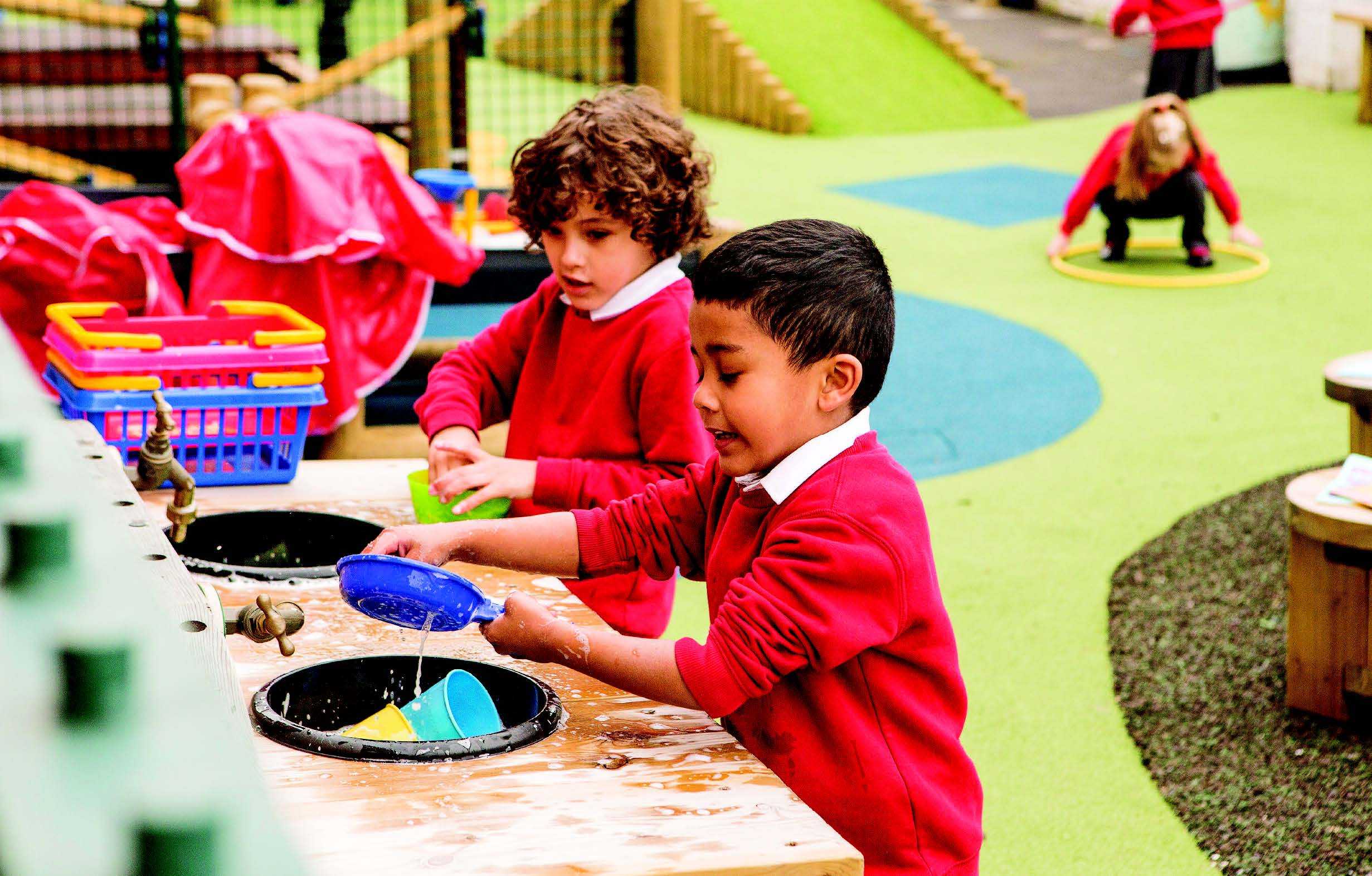
Schools are under increasing pressure to expand active and sports time, and to develop more creative, outdoor ways to deliver traditional learning. But they face two key challenges - reduced funding and then working out how to use (often small and poorly maintained) outdoor space for a host of different purposes and a wide range of ages.
The Primary PE & Sport Premium can help.
What is the primary PE & sport premium?
This is ring-fenced funding (£320m per year) available for primary schools to improve the quality of the PE and sport activities they offer their children.
How can you use it?
To make additional and sustainable improvements to the quality of PE and sport on offer. In many cases, schools use the funding to develop their outdoor space, train staff how to deliver more sports and active-based learning or hire professional sports coaches to work with staff and students.
Recording and reporting
A big part of the Primary PE & Sport Premium is an obligation to record and report progress. This is done through Ofsted inspection and self- assessment.
There are five key indicators where schools should expect to see improvements:
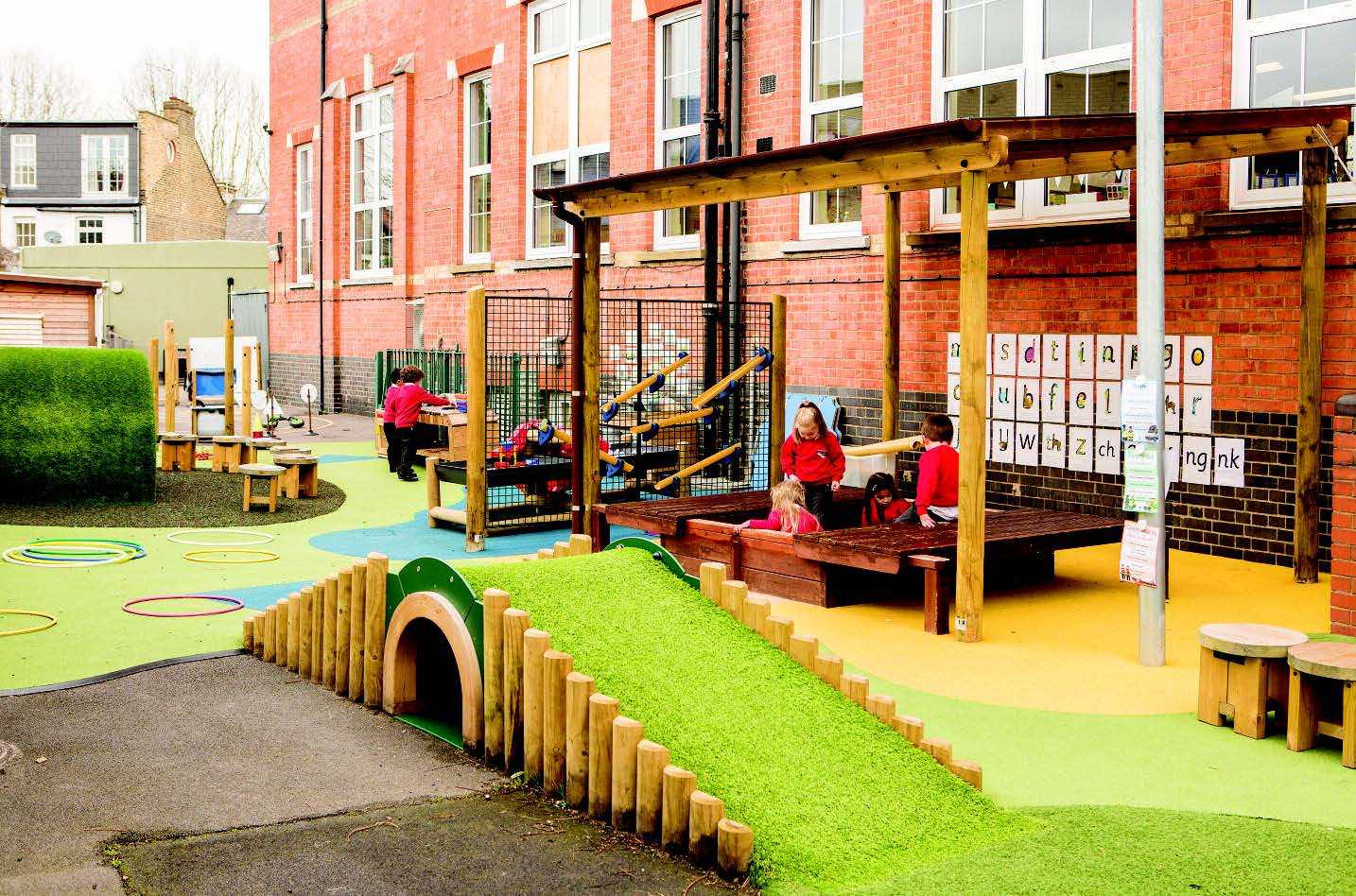
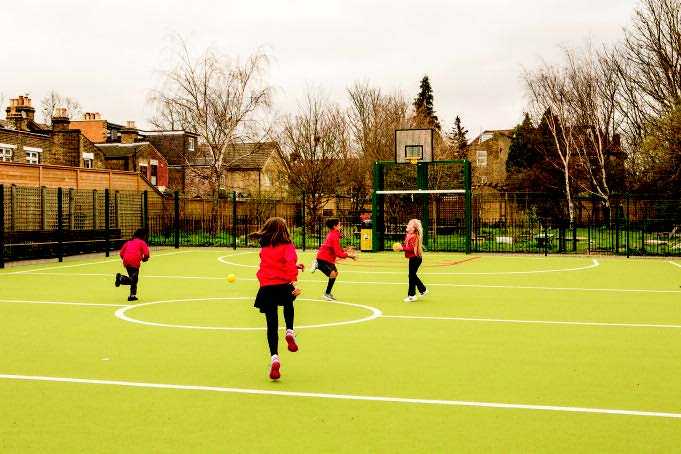
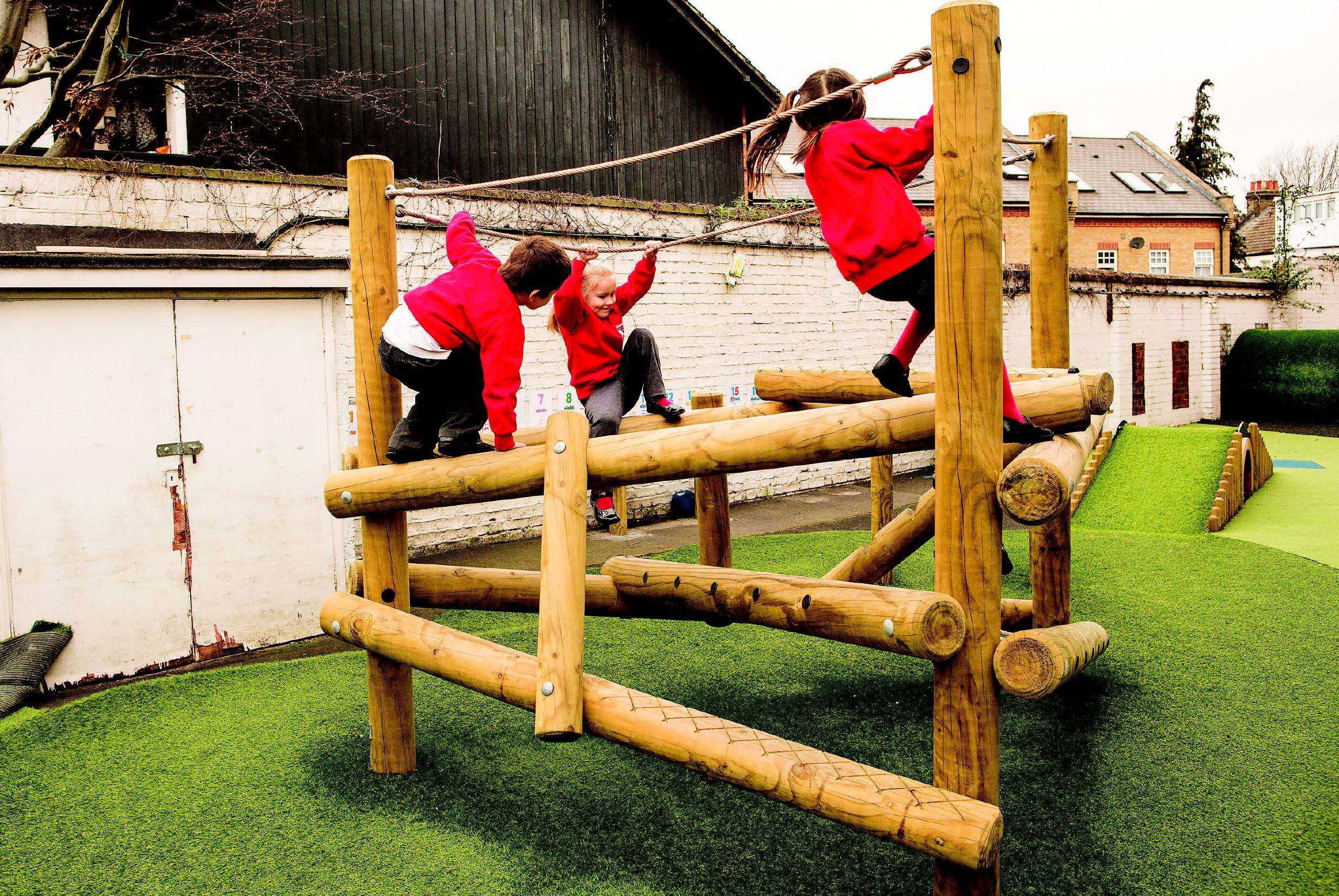
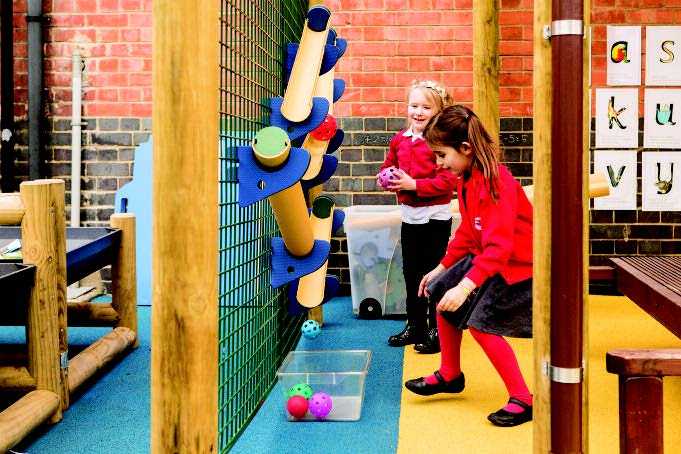
Making the most of funding
Plan it out! We recommend a four-step programme. Ask yourself:
The best outdoor space designs combine equipment, zones and landscaping that have multiple purposes. Your play and sports equipment needs to work across the ages.
Resources
When planning PE and sports focused grounds, the first place to start has to be the National Curriculum for Physical Education. For guidance on what types of equipment work best for this funding, for KS1 & 2 active spaces, download our advice guides.
Top tip
London Sport has excellent guidance for schools on planning out how to get the most from this funding.
CASE STUDY
Mission Grove Primary School
Mission Grove has a proactive approach to getting children active; staff understand the correlation between sport and activity and learning success. But as a city school, making the most from outdoor space was a fine balancing act.
Their brief was simple - they needed a space that would work for every age, offering both play and opportunities for more structured sports and games. Finally, they wanted a space that would help children make the transition from play to sport, in preparation for secondary school.
Playforce created two distinct zones:
Sports Leaders scheme
This initiative that has made a big difference at Mission Grove. Once children reach Year 4, they can become a Mission Grove Sports Leader. Sports Leaders run lunchtime Change4Life games and activities in the playground for children from Reception to Year 4. The scheme, which uses the MUGA and the range of equipment in the play zone, is designed to involve children in inclusive group games and to develop leadership skills. Mission Grove has 35 Sports Leaders and a further 40 trainee Sports Leaders. To qualify, children must complete an application form, attend weekly meetings and undergo training.